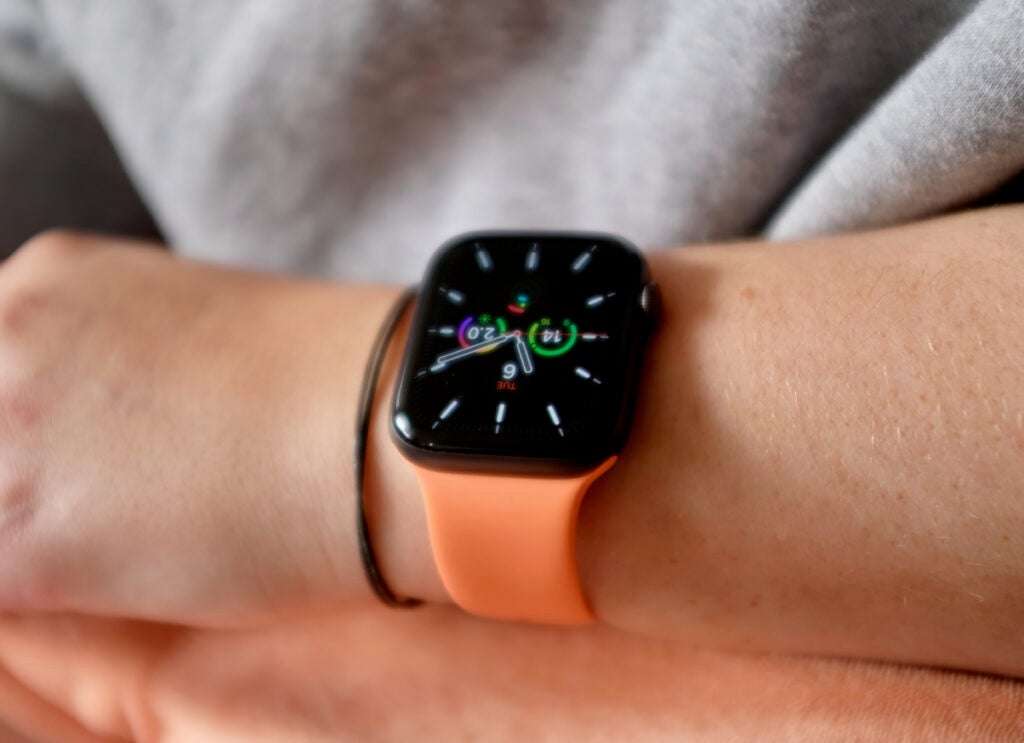Thomas Deehan
2024-06-11 12:02:35
www.trustedreviews.com
OPINION: Apple 2024 WWDC keynote brought about tons of new announcements for Apple fans to fawn to over, from Apple’s own take on AI to iPhone mirroring on your Mac, but amongst the watchOS 11 presentation, there was a bit of news hidden in plain sight that has huge ramifications for Apple Watch lifecycles going forward.
In case you missed it, watchOS 11 is set to bring a ton of new fitness-focused features including Training Load and the all-new Vitals app. It’s all great stuff as it brings Apple’s wearable that bit closer to offering a more detailed look at your health, similar to devices from Whoop and Garmin, but there’s a big catch – it’s not coming to the Apple Watch 4, Apple Watch 5 and the first-generation Apple Watch SE.
I will fully admit that the Apple Watch 4 being dropped from watchOS 11 isn’t the most shocking revelation here, particularly given that the Apple Watch 3 was left out of the update cycle back in 2022.
What is surprising however is to see the Watch 5 and original Watch SE cast off to the wayside, two smartwatches that previously would have been safe bets to receive another year of updates, at the very least.
For context, the Apple Watch Series 5 was released in late 2019, and the first-gen Apple Watch SE is even younger, having hit store shelves back in September 2020. From a consumer standpoint, that’s tough to swallow, particularly in the case of the Watch SE which has now only received three major watchOS updates since release, and now no more.
The future of the Apple Watch
The longevity of these watches feels quite at odds with the level of service that Apple currently bestows to iPhones. Even the entry-level iPhone XR is set to receive the new iOS 18 update and that phone has been around since 2018. This is all at a time when longer lifespans are now a key selling point with both Google and Samsung committing to seven years of updates for its latest handsets.

For whatever reason however, that same amount of effort on part of these big companies has not been afforded to their wearable division, although in Apple’s case it does feel as though its approach to Apple Watch chipsets is partly to blame.
Whenever there’s a new crop of iPhones announced, Apple spends a great deal of time discussing the merits of the processors inside them, but the same can’t be said for Apple Watch. In fact, in our review of the Apple Watch 5, Editor Max Parker wrote: “All these apps run smoothly and quickly thanks to the S5 processor inside the watch. This seems like a very minor update to the S4, with no speed improvements whatsoever. The chip wasn’t even mentioned on stage at Apple’s big launch event.”
The Apple Watch Series 9 was the first Apple wearable in a long time to offer a genuine speed bump thanks to its vastly improved S9 chip, but if history is anything to go by, it could be quite a while before we see the next big update to Apple Watch chipsets, leaving these devices with a far shorter lifespan compared to an iPhone.
That’s quite a pill to swallow, and it does mean that you may want to be a bit more forward thinking when deciding which Apple Watch you want to buy in the future. While it might be tempting to opt for an older device to save money, do you really want to go through the update process again in a year or two when Apple moves on to newer things?
Source Link




































































